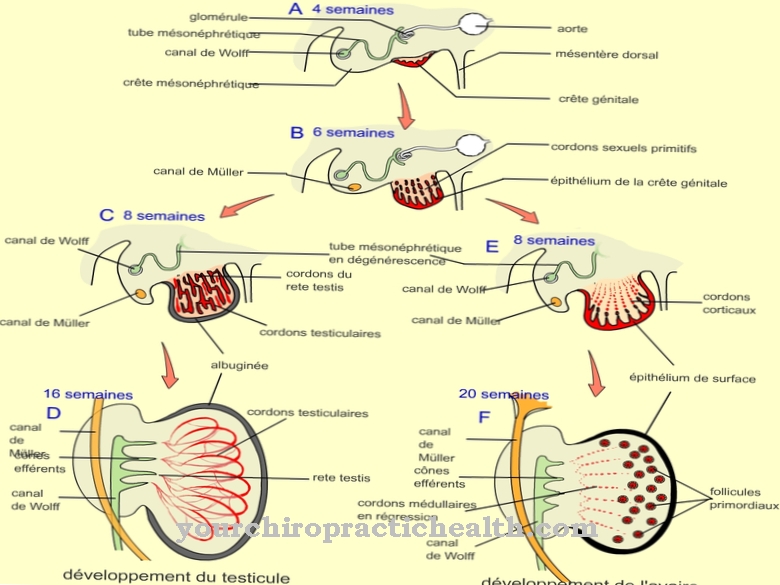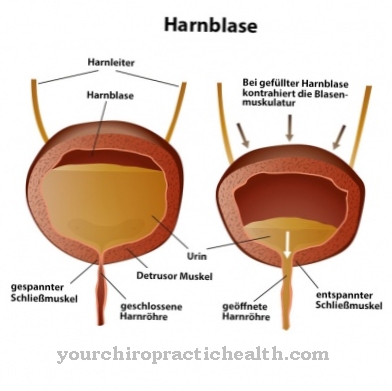The Convertase is a complex of enzymes that is part of the complement system. The complement system, in turn, is an important part of the immune system.
What is the convertase?

Two different forms of convertase are known. A shape is created in the classic way from the complementary parts C4b, C2a and C3b. The other form arises in an alternative way from complement factors of type C3b.
However, both forms have the same function. They activate complement factors and thus play an important role in the immune system.
Function & task
The convertase is one of the crucial components of the complement system. The complement system belongs to the unspecific humoral defense of the immune system. The humoral defense system consists of different proteins that constantly circulate in the blood, in the lymph and in the intercellular fluid. In contrast to immune cells, they are not able to actively migrate to a location. The proteins are unspecific because they are not directed against a specific type of pathogen.
The complement system is a system that also consists of plasma proteins. It is involved on the one hand in the antibody response and on the other hand in the innate immune system. More than 30 different proteins make up the complement system. They are either dissolved in the blood or bound to cells and are intended to defend against microorganisms such as bacteria, viruses or fungi.
The complement system covers the surface of pathogens. This process is also known as opsonization in medical terminology.Opsonization allows the scavenger cells (phagocytes) to recognize that it is a pathogen. The phagocytes can only destroy a pathogen when it is opsonized.
The complement system also triggers various inflammatory reactions. This is to support the body in the fight against the pathogens. Parts of some proteins of the complement system also attract other phagocytes to the infection site. They act as chemokines. In addition, the complement proteins are able to destroy bacteria directly.
However, in order for the complement system to be active at all, it must be activated. There are three different ways of doing this. The end product of all three pathways is again the convertase, which arises on the surface of the target cells.
A cascade of cleavage is set in motion by the convertase. As a result, leukocytes (white blood cells) are attracted chemotactically, the activity of the phagocytes is increased and ultimately the dissolution (lysis) of the target cell is initiated.
The complement system can be activated in the classic way. Antibodies play an important role in this. If the system is activated via a mannose-binding lectin, it is called the lectin pathway. The third way is the spontaneous and antibody-independent alternative way.
You can find your medication here
➔ Medicines to strengthen the defense and immune systemIllnesses & ailments
The complement proteins activated by the convertase have strong cell-destroying properties. In the event of an unregulated effect, e.g. excessive activation by the convertase, they can be responsible for tissue damage and cause various diseases or have a negative effect.
Inflammation of the kidneys is a serious illness in which the convertase with the complement system is involved. It is an inflammation of the kidney corpuscles (glomeruli). The inflammation is abacterial, which means that no pathogens are involved. Rather, glomerulonephritis (inflammation of the kidneys) is an immune reaction that can occur after an infection with streptococci. The disease mostly affects children between the ages of two and ten.
Glomerulonephritis is always preceded by an infection with ß-hemolyzing A streptococci. Mostly these are infections of the upper respiratory tract or the skin. This leads to the formation of antibodies which, on the one hand, are directed against structures of the streptococcal surface and, on the other hand, also against the body's own structures of the kidney corpuscles. The antibodies circulate in the blood and are then deposited on the kidney corpuscles as so-called immune complexes. Immune complexes are complexes of antigens and antibodies. They arise from an antigen-antibody reaction.
As a result of these deposits, the immune system reacts differently. Neutrophils, a subgroup of white blood cells, migrate into the kidney cells and release substances that promote inflammation. The complement system is then activated. A lysis complex forms under the influence of the convertase. This dissolves proteins of the glomerular membrane and thus leads to damage to the membrane. In addition, there is swelling in the area of the glomeruli. The first symptoms appear one to three weeks after the original infection. There is a fever, abdominal pain and headache. When the glomerular membrane is destroyed, blood and proteins pass into the urine. One speaks here of hematuria and proteinuria. Symptoms such as edema result from the loss of protein. High blood pressure can also occur as part of glomerulonephritis.
Also in the course of the hemolytic uremic syndrome (HUS) the complement system is overactivated with the convertase. HUS is a disease that is usually triggered by an infection with enterohaemorrhagic Escherichia coli (EHEC). The bacteria produce the Shiga toxin. This activates the complement system. The disease is characterized by damage to small blood vessels. This causes large amounts of red blood cells to be lost. There is also a decrease in blood platelets (thrombocytes). Acute kidney failure also occurs in the course of the disease. In Germany, hemolytic uremic syndrome is the most common cause of acute kidney failure in children. In its typical form, the disease is accompanied by diarrhea. The atypical form runs without diarrhea. There is no known causal therapy for the disease. About two to three percent of all HUS cases are fatal.

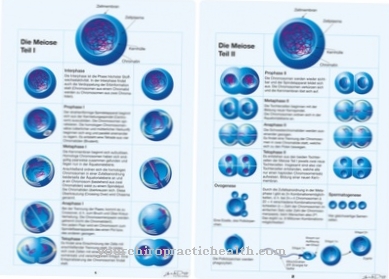




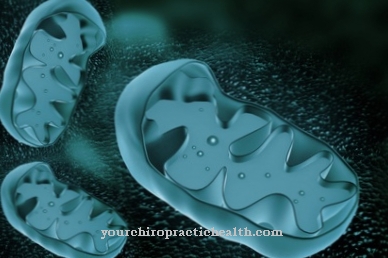


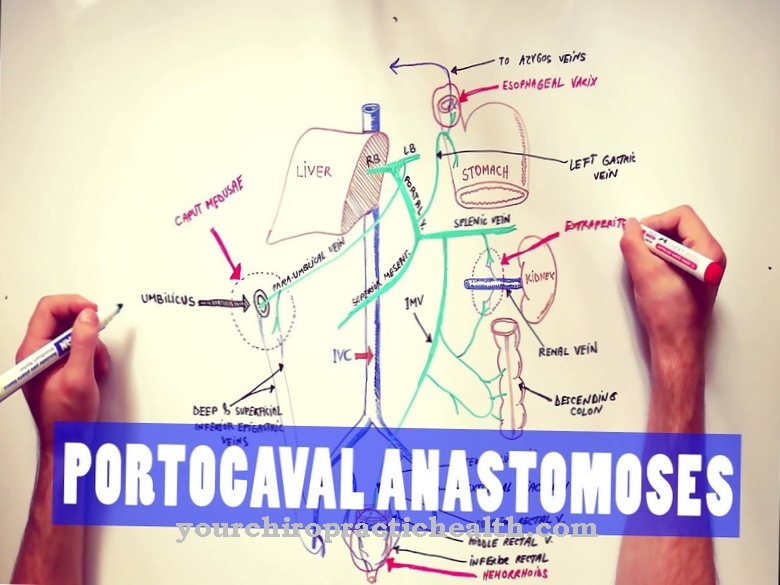


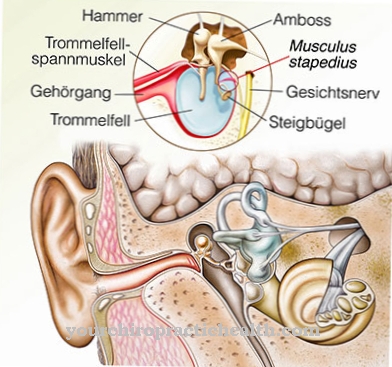


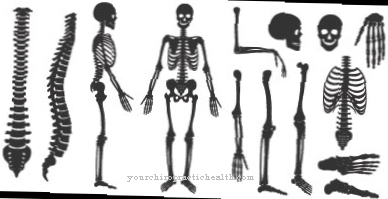
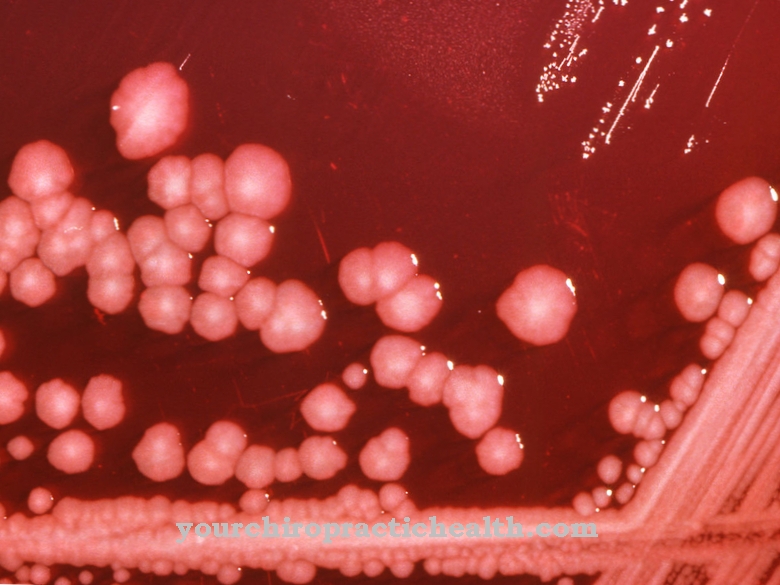
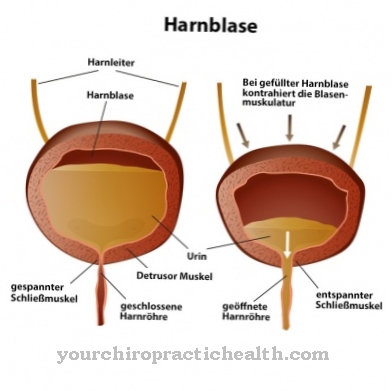

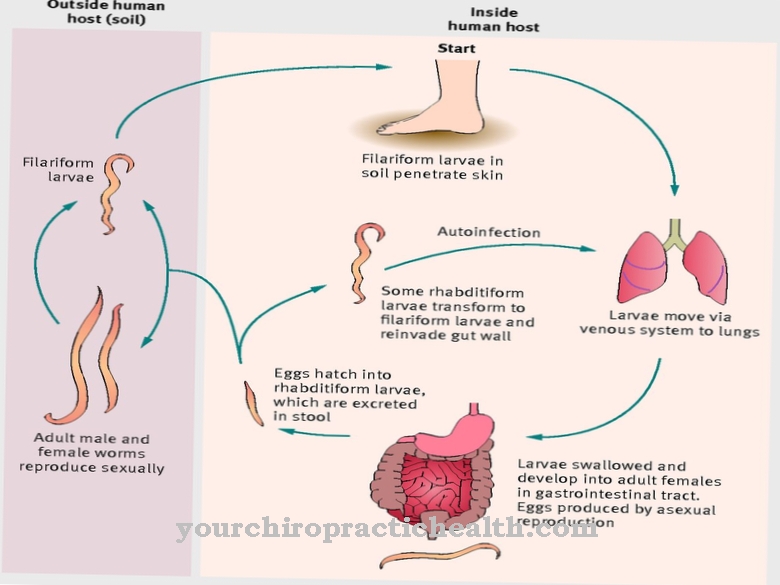

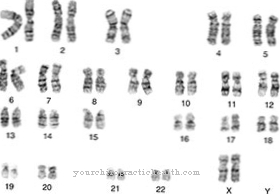

.jpg)

.jpg)
